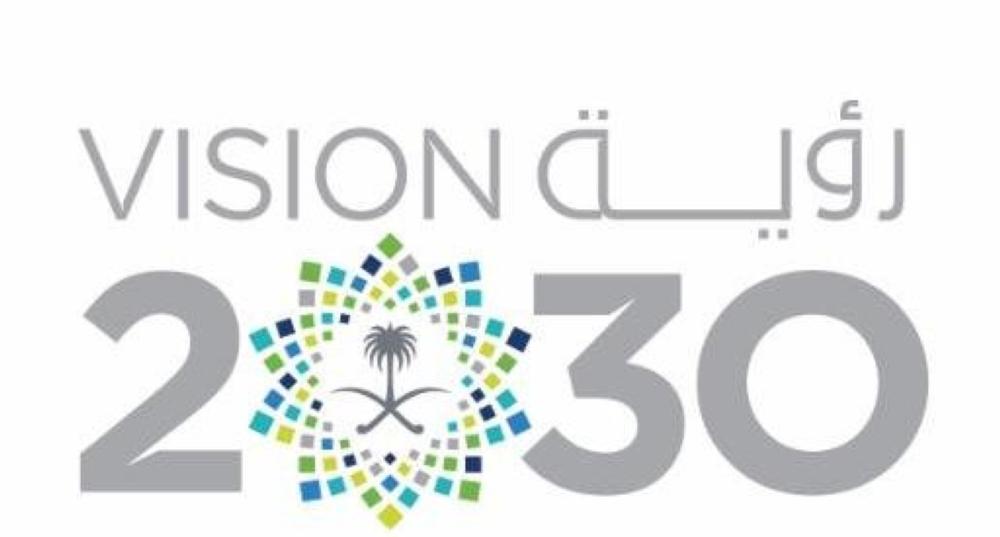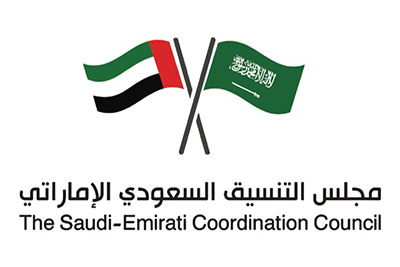According to a disturbing Rystad Energy research of seismic activity in the United States' main oil-producing regions, the number of noteworthy earthquakes has already been growing year after year since 2017.
Tremors with magnitudes greater than 2 on the Richter scale quadrupled in 2020 and are still on course to grow much more in frequency in 2021 if oil and gas development continues at its current rate.
According to Rystad Energy's analysis, which analyzed data from Oklahoma, Texas, Louisiana, and New Mexico, earthquakes of more than magnitude 242 happened in 2017, increasing to 491 in 2018, 686 in 2019, and 938 in 2020.
Around 570 such earthquakes were reported in the first five months of 2021, implying that a new record could be set this year if the trend continues.
The tendency appears to be toward more frequent, but also stronger, occurrences. So far this year, there have also been 11 separate seismic events of magnitude 3.5 or more, which can be sensed but may not cause any damage, a deeply troubling indication when compared to only six such occurrences in 2018 and 2019, and 14 events in 2020.
The largest contributor to seismic activity in the oil and gas sector by far is saltwater disposal by subsurface injection, and the amount of discarded water increased significantly from 2011 to 2019, before slowing off slightly in 2020 due to decreased activity induced by the COVID-19 epidemic.
While the US onshore sector's water disposal was restricted to 7.7 billion barrels in 2011, the quantities significantly increased in the next few years to over 10 billion barrels between 2014 and 2017. Disposal volumes hit 11.5 billion barrels in 2018, 12.4 billion barrels in 2019, and 11.3 billion barrels in 2020.
“To keep water disposal at 2020 levels and balance future growth, the volume of water that is processed and recycled must increase in the future, and the expense of doing so may exceed $1 billion annually for oil and gas producers.”
“Costs will vary by region, but the Permian Basin has highly competitive economics in comparison to all other areas,” said Ryan Hassler, shale analyst at Rystad Energy.
To counterbalance the yearly growth in disposed water forecasted by Rystad Energy regarding the upcoming boom in the US shale industry, treated water volumes must significantly raise from 1.5 billion barrels in 2020 to 1.7 billion barrels in 2021 and 2022, 1.8 billion barrels in 2023, and then even higher from 2024 ahead as the requirements to dispose of water will surpass 12 billion barrels due to increased activity.
“Earthquakes were not the only environmental problem caused by improper water disposal. Freshwater source in dry parts of West Texas and New Mexico concerns local communities' water supply and critical agricultural operations, while environmental worries about the chemical composition of generated water contribute merely to feed the flames of public resentment,” Hassler noted.
While ESG measures are encouraging, the true motivator for increased water-recycling adoption is cost. Midstream businesses are continuing to construct pipeline infrastructure to provide operators with inexpensive access to generated water, while simultaneously expanding or constructing new recycling facilities.
According to Rystad Energy, by the end of 2022, the Permian Basin — encompassing both the Delaware and Midland subbasins — could fulfill between 40% and 43% of frac water needs with recycled produced water. To accomplish this goal, further investment from the midstream sector would be needed to push costs even down.
There are numerous suggestions about generated water that may aid in alleviating the rising pains of the recycling infrastructure and the disposal seismic challenge. Recent legislative reform in Texas empowered the Texas Commission on Environmental Quality (TCEQ) to oversee the allowing of generated water surface outflow for beneficial reuse.
In principle, the shift in regulatory agencies (the TCEQ took over from the EPA) should enable a more simplified licensing procedure, allowing operators to release generated water quantities into surface water to be beneficially utilized for agriculture or wildlife.
However, it should not appear that it is the scenario since the TCEQ has failed to administer a single license since taking control.
Only Wyoming now uses surface water discharge for beneficial reuse under the West of the 98th Meridian statute, creating a new market for water reuse.
California uses generated water for agricultural irrigation, which, under the Clean Water Act, does not need an NPDES (EPA) authorization when it is not discharged to surface water, as in irrigation cases.
Although there are numerous ways to reuse generated water in agriculture, irrigation, or wildlife, the truth is that Texas, including its massively produced water volumes, is now taking advantage of nothing at all.
























 ENG
ENG



























































تواصل معنا